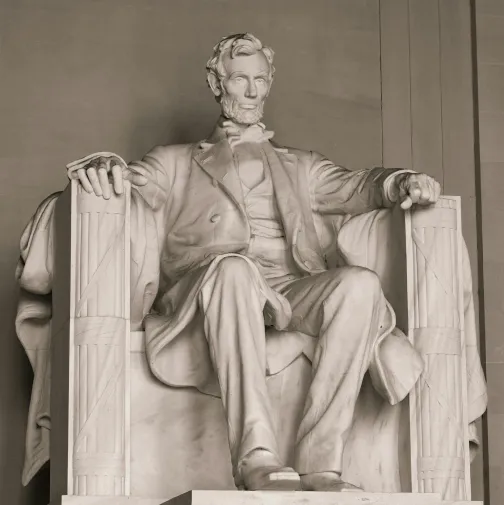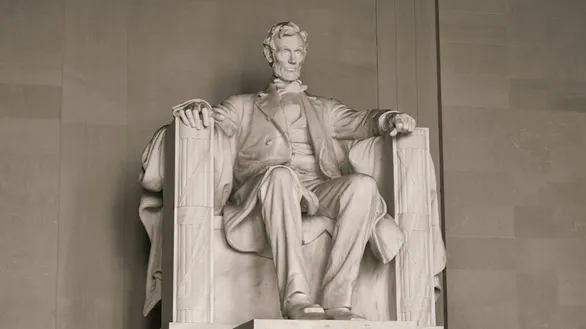The U.S. withdrawal from the Paris Agreement was one of the first actions taken by the Trump administration, and now it’s official: the United States is leaving the agreement for the second time in 8 years.
While this move had been anticipated for months, it still carries significant weight. The U.S. withdrawal will take effect on January 27, 2026, one year from now.
What does this mean for global climate efforts?
Will other countries follow the U.S. lead?
The biggest concern following the U.S. exit is whether other countries will follow suit.. In 2017, this did not come to pass. In a recent article for The Financial Times, French diplomat Laurence Tubiana pointed out: “Today, the arguments for staying in the Paris Agreement are even stronger. The International Energy Agency predicts that the global clean tech market will triple, exceeding $2 trillion by 2035. Countries now realize that their future prosperity depends on their ability to transition to clean energy.”
Can the remaining signatories stay committed?
While a domino effect of withdrawals seems unlikely, there’s concern for some that the remaining countries may choose to only meet the bare minimum of their existing climate commitments, or even reduce those commitments, in response to the U.S.’s decision. This question will be addressed in the coming months, as the Paris Agreement includes a planned revision of climate goals for signatories in 2025.
As Simon Stiell, executive secretary of the UN Framework Convention on Climate Change stated:“A country may step back, but others are already stepping into their place to seize the opportunity, and to reap the massive rewards: stronger economic growth, more jobs, less pollution and far lower health costs, more secure and affordable energy.”
Why climate momentum remains
Efforts from U.S. states and private sector remain strong
Despite the administration’s withdrawal from the Paris Agreement, many U.S. organizations are choosing to redouble their efforts to combat climate change. For example, America is All In—a coalition of over 5,000 mayors, governors, and business leaders—continues to push forward with climate commitments. Recently, 24 U.S. states, including several where a majority voted for Donald Trump in 2024, and representing more than half of the U.S. GDP, formed the U.S. Climate Alliance, making a committment to upholding the Paris Agreement’s goals.
Even though the U.S. will formally leave the Paris Agreement in a year, many public and private actors—including, as described, half of the U.S. states—are determined to continue fighting climate change. California, in particular, remains a global leader in climate action.
Private companies stay committed to emission reductions
Our CEO, Rachel Delacour, adds: “Our discussions with American companies and investors show that their commitment to reducing emissions is unwavering, driven by both economic resilience and climate goals. Companies, whether based in the U.S. or elsewhere, now understand that combining growth with sustainability is essential for long-term success.”
Globally, the U.S. withdrawal has not triggered a mass exodus from the Paris Agreement by other nations. In Europe, while the Corporate Sustainability Reporting Directive (CSRD) faces challenges, many public and private entities—including multinational corporations—are rallying to defend it.
These are all reasons to remain optimistic and stay on course.
Trump administration pauses distribution of clean energy funding, but opportunities remain strong
President Donald Trump’s executive order to suspend the distribution of funds from the Inflation Reduction Act (IRA) and the Bipartisan Infrastructure Law, has raised concerns about short-term uncertainty. These two landmark pieces of legislation, passed under the Biden administration, had already established a strong foundation for the clean energy transition. The suspension affects tens of billions of dollars in federal funding approved by Congress, with federal agencies now tasked with reviewing their fund distribution processes to ensure they align with the new administration’s energy goals. Despite this temporary setback, the broader momentum for clean energy remains intact.
The IRA, signed into law in 2022, accelerated growth in the U.S. clean energy sector, driving substantial investments into renewable energy, electric vehicle infrastructure, and climate resilience projects. This surge in investments has already created thousands of jobs, lowered energy costs, and strengthened local economies. Jason Grumet, CEO of the American Clean Power Association, highlights the remarkable growth in the sector, noting that the IRA has led to the launch of hundreds of new clean energy projects. The investment continues to deliver both economic and environmental benefits, contributing to stronger communities, increased resilience, and improved public health.



